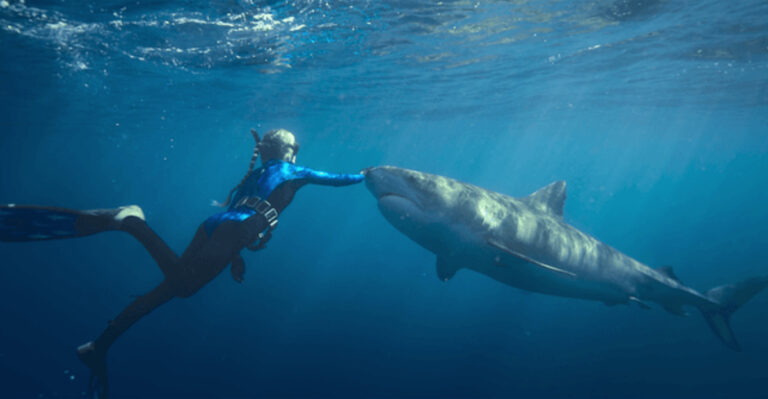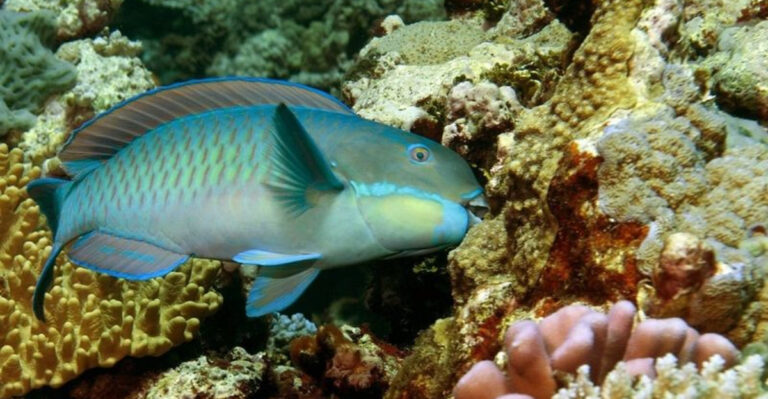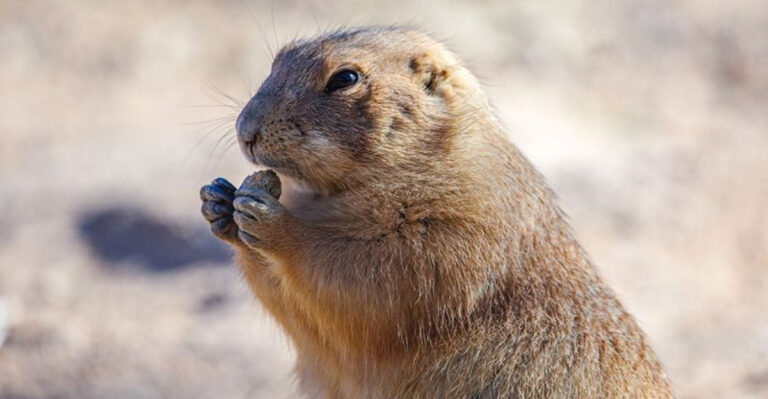14 Surprising Facts About The Cottonmouth Snake You Didn’t Know
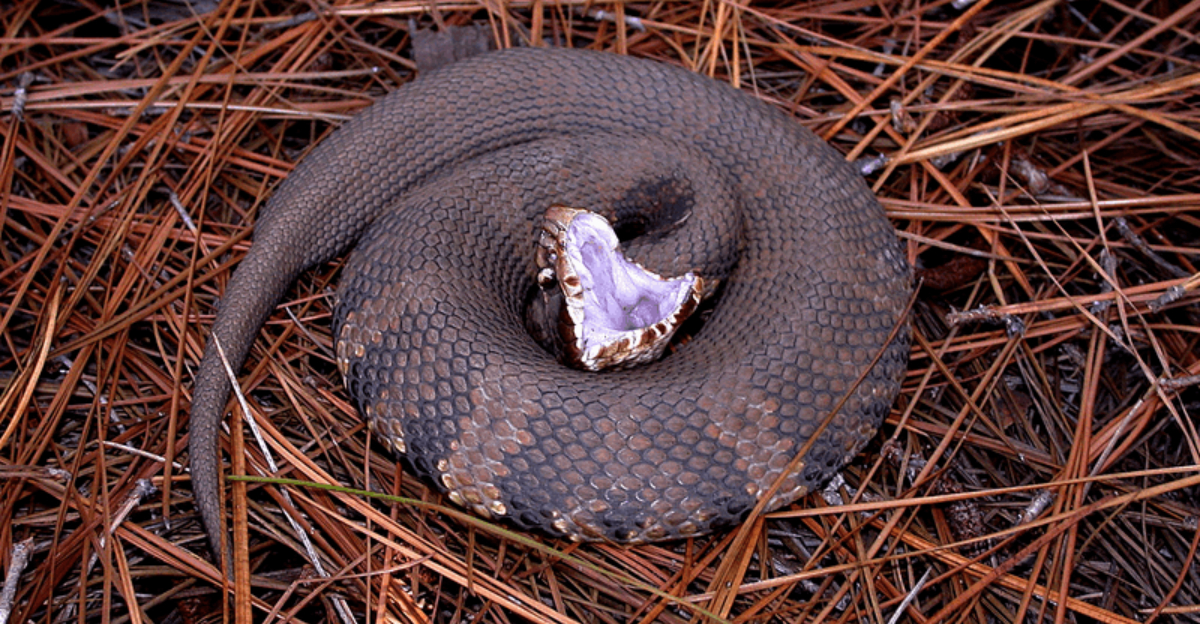
Cottonmouth snakes, also known as water moccasins, are often misunderstood creatures that slither through the wetlands of the southeastern United States.
These remarkable reptiles have unique adaptations and behaviors that help them thrive in their watery homes.
From their infamous white mouths to their hunting techniques, these snakes have fascinating secrets worth discovering.
1. Venomous Pit Viper
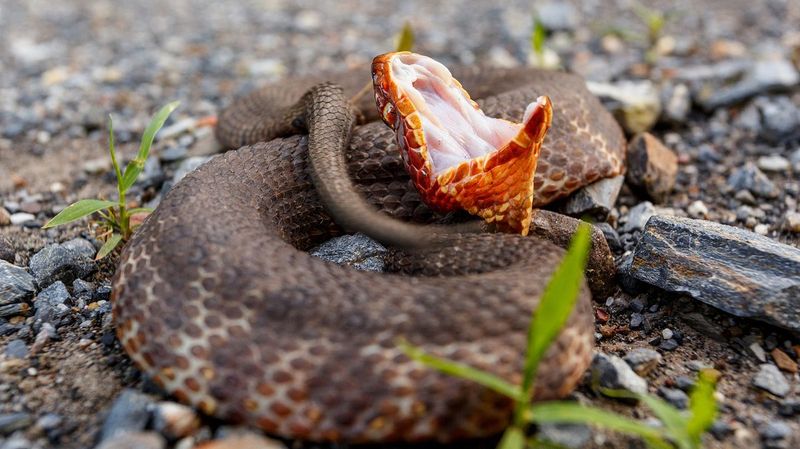
Among North America’s only venomous water snakes, cottonmouths pack a potent cytotoxic venom that destroys tissue and prevents blood from clotting.
While rarely fatal to humans, their bite requires immediate medical attention. Unlike many snake species, they retain their venom potency throughout adulthood.
2. Semi-Aquatic Habitat
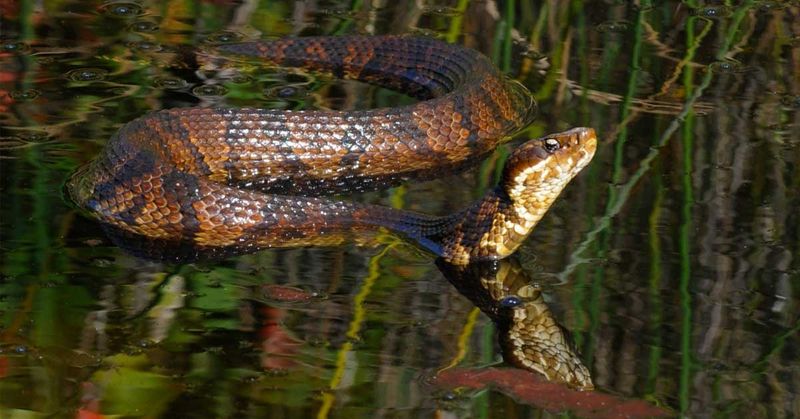
Masters of both land and water, these serpents can remain submerged for up to 24 minutes while hunting!
They’re excellent swimmers with bodies that float effortlessly on water surfaces. During colder months, cottonmouths move inland to hibernate in mammal burrows, rock crevices, or under forest debris.
3. Distinctive White Mouth
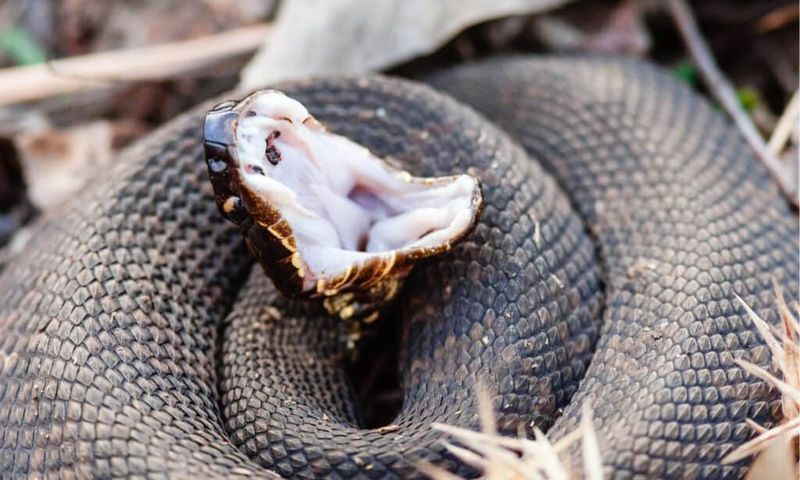
Nature’s warning sign! The stark cotton-white mouth lining creates a dramatic contrast against their dark scales when displayed.
This memorable defense mechanism serves as their namesake and warns potential predators. Few other North American snakes possess such a distinctive threat display.
4. Nocturnal Behavior
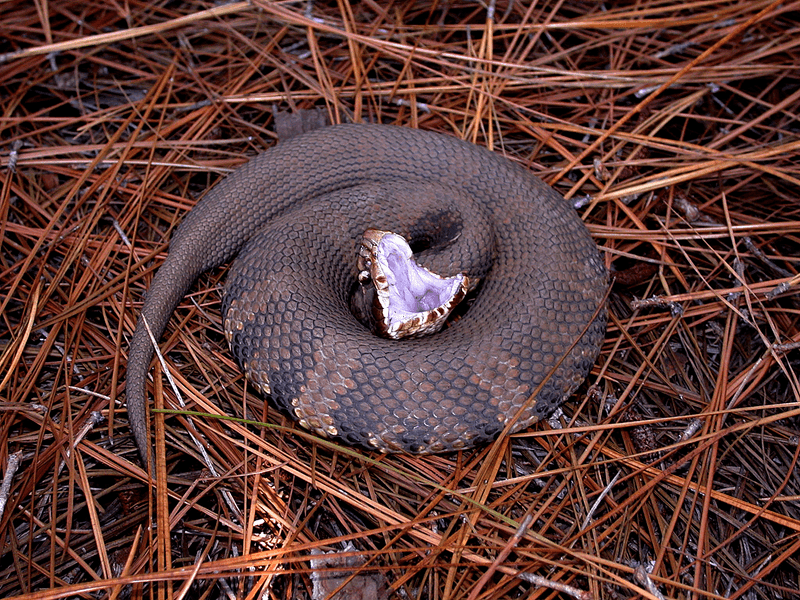
Moonlight hunters by necessity, cottonmouths become active as temperatures cool, avoiding the scorching southern heat.
Their nighttime prowling reduces competition with diurnal predators. During winter months, they shift to daytime hunting, making the most of limited warmth while maintaining their predatory lifestyle.
5. Diet And Hunting
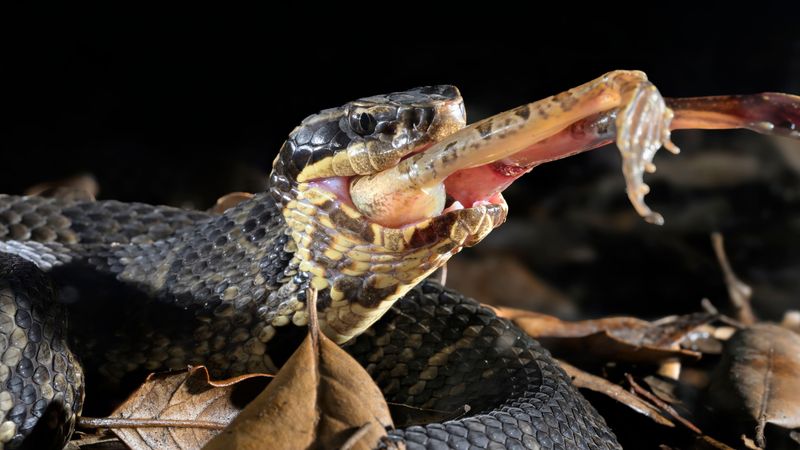
Opportunistic gourmets of the swamp, cottonmouths aren’t picky eaters! They’ll consume everything from frogs to baby alligators.
Unlike specialized predators, they’ve been documented eating carrion—unusual behavior for snakes. Their hunting strategy combines ambush tactics with active pursuit, depending on prey type and environmental conditions.
6. Reproduction

Baby boom! Female cottonmouths can deliver 1-16 fully-formed, venomous offspring measuring 7-12 inches long.
Unlike egg-laying snakes, they nurture embryos inside their bodies, providing protection and consistent temperature. New mothers may stay with their young for several days—unusual maternal behavior among reptiles.
7. Defensive Displays
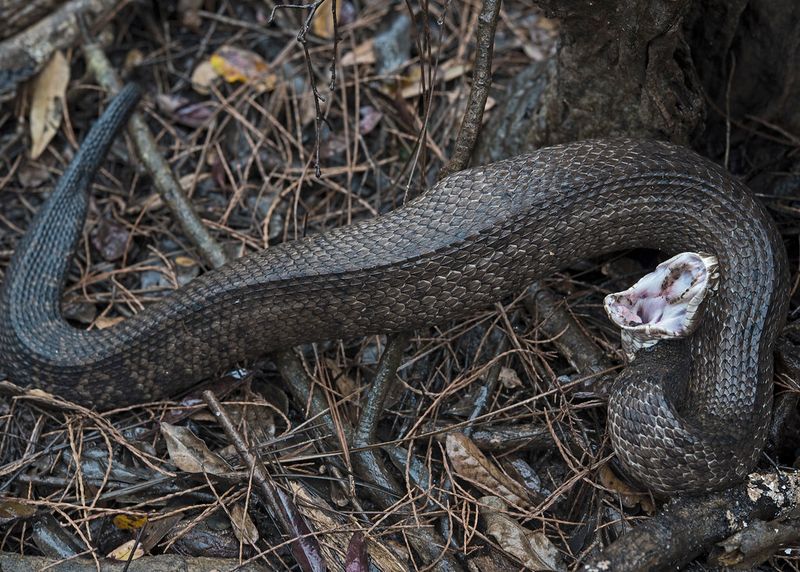
Award-worthy performers in the animal kingdom! Beyond their famous mouth-gaping, cottonmouths flatten their bodies to appear larger and emit a musky odor when threatened.
Their tail vibration mimics rattlesnakes, creating dried-leaf rustling sounds. These multi-sensory warnings give potential predators every opportunity to back away before a strike becomes necessary.
8. Misconceptions Of Aggression
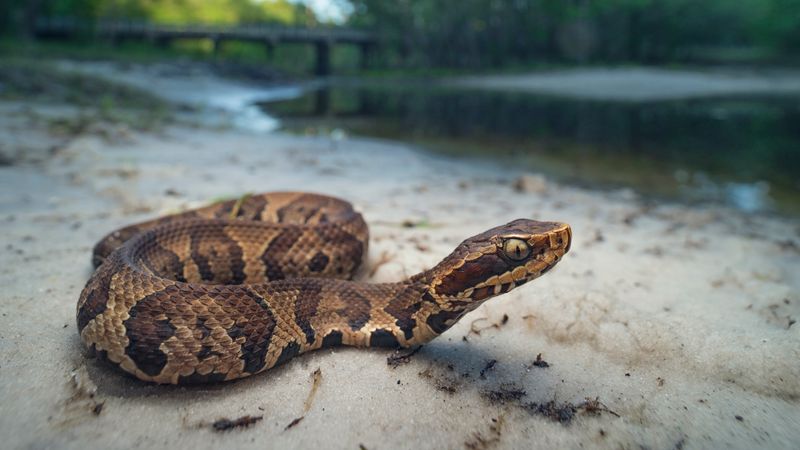
Unfairly labeled as aggressive, scientific studies reveal cottonmouths typically attempt escape when approached by humans.
Researchers testing their responses found they tried to flee 51% of the time and displayed defensive behaviors without striking 78% of the time. Only when repeatedly provoked or cornered do they resort to biting.
9. Juvenile Tail Luring
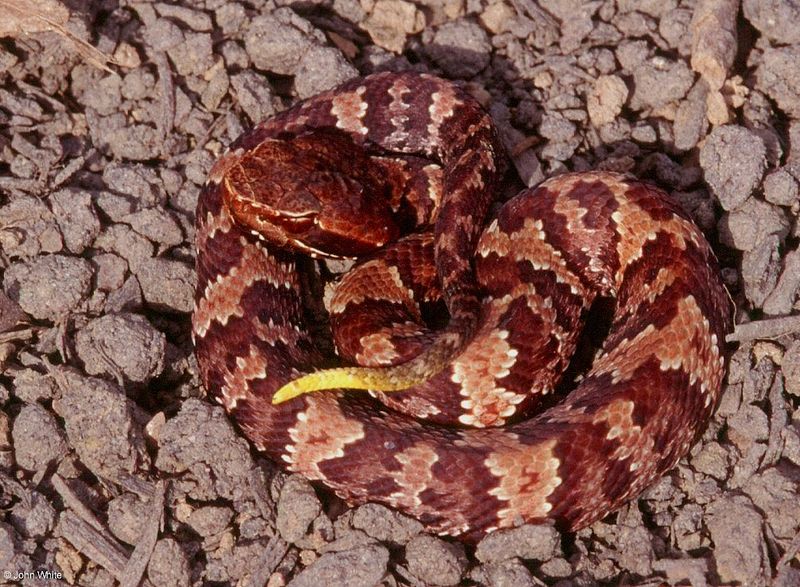
Clever youngsters use their bright yellow tail tips as fishing lures! By wiggling this tail near water’s edge, they attract curious frogs and fish within striking distance.
This specialized hunting technique fades as they mature and their tails darken. Young cottonmouths employ this tactic while hidden in vegetation, creating an irresistible target for unsuspecting prey.
10. Heat-Sensing Abilities
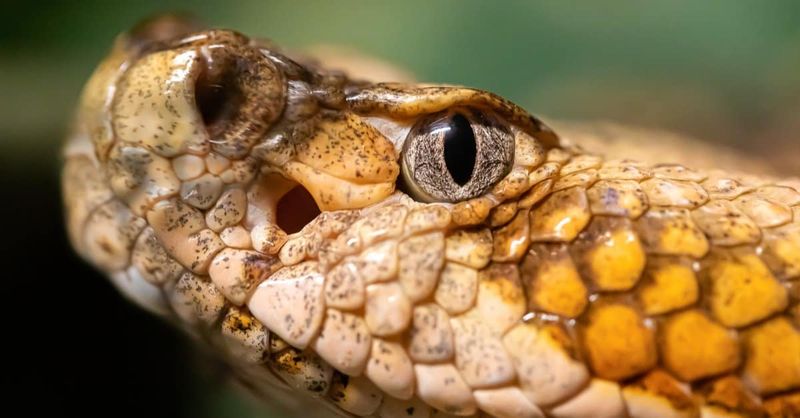
Equipped with nature’s infrared goggles! The specialized heat-detecting pits can sense temperature differences as small as 0.003°C.
These remarkable organs create a thermal image overlaid with visual input in the snake’s brain. Even in pitch darkness or underwater, warm-blooded prey can’t hide from a cottonmouth’s sophisticated sensory system.
11. Lifespan
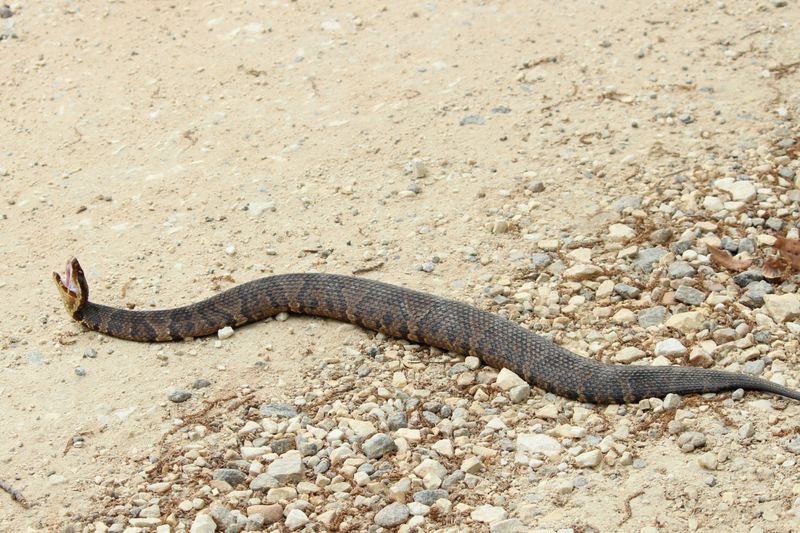
Seasoned survivors when given the chance! While many fall victim to predators as juveniles, those reaching adulthood may live two decades or more.
Their longevity surpasses many mammal species of similar size. In captivity, with consistent food and absence of predators, some specimens have reached 24 years—ancient by reptilian standards.
12. Conservation Status
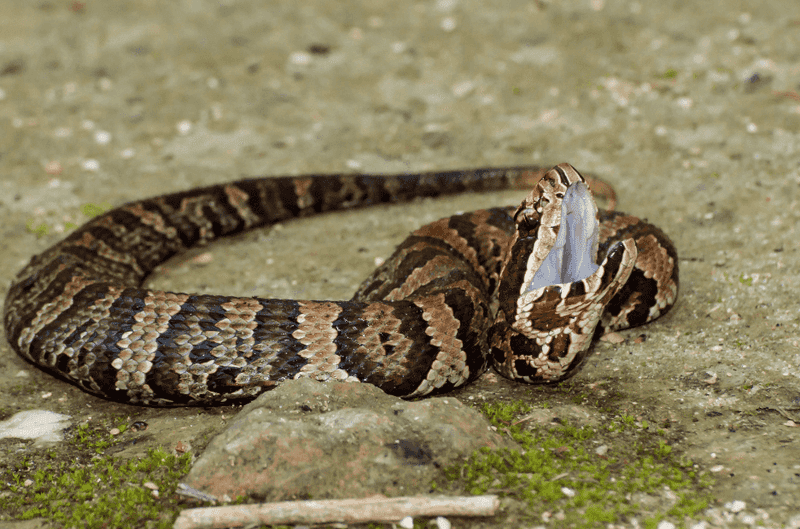
Struggling silently against habitat destruction, these important predators face wetland drainage and development throughout their range.
Often killed on sight due to fear and misidentification, education efforts aim to reduce unnecessary deaths. Some states now protect cottonmouths through regulations that prohibit killing non-dangerous snakes without proper identification.
13. Role In Ecosystem
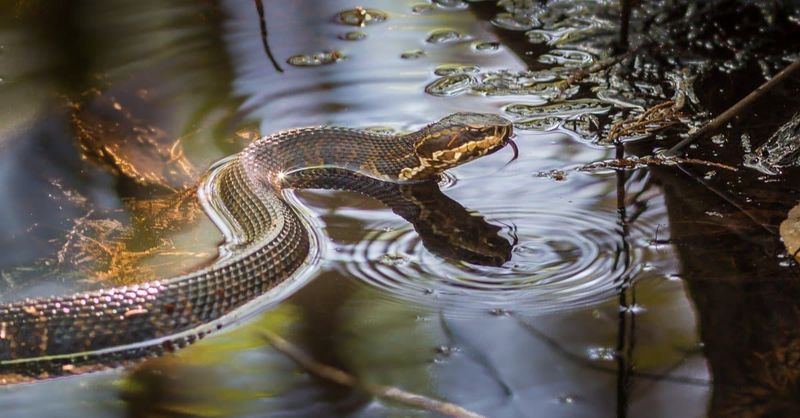
Nature’s population controllers! By preying on fast-breeding species like rodents and frogs, cottonmouths prevent potential ecological imbalances.
They themselves become food for alligators, birds of prey, and larger snakes. Their presence indicates a healthy wetland ecosystem, making them important bioindicators for environmental scientists monitoring habitat quality.
14. Identification Tips
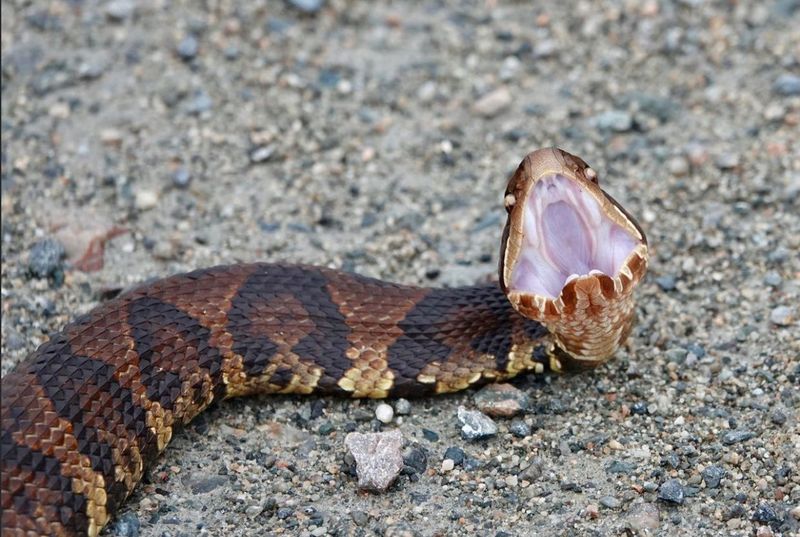
Safety first! Look for the distinctive blocky, triangular head and thick body compared to harmless water snakes.
When swimming, cottonmouths hold their heads high above water while non-venomous water snakes keep only eyes and nostrils visible. The definitive identifier remains the bright white mouth lining, visible during defensive displays.

